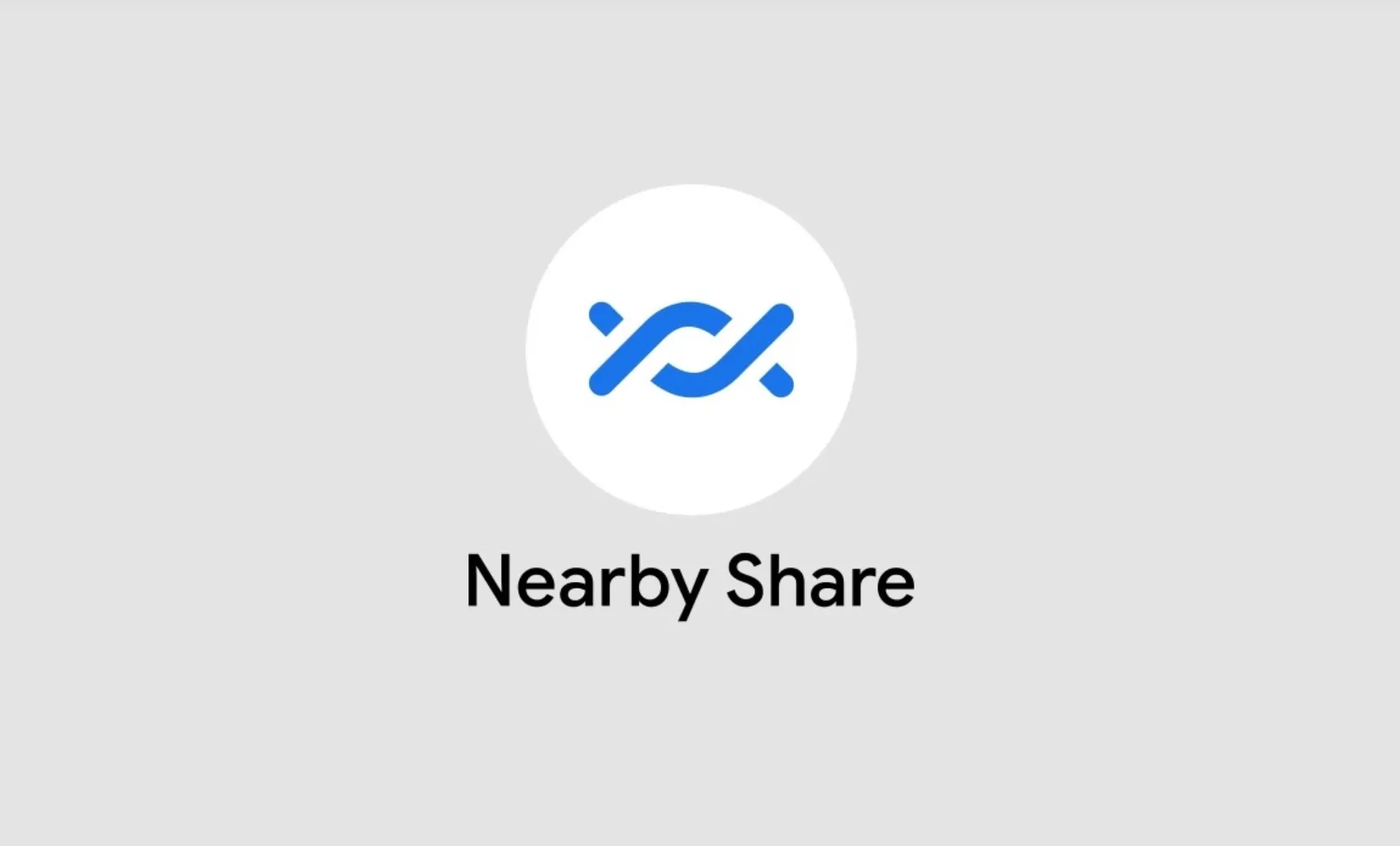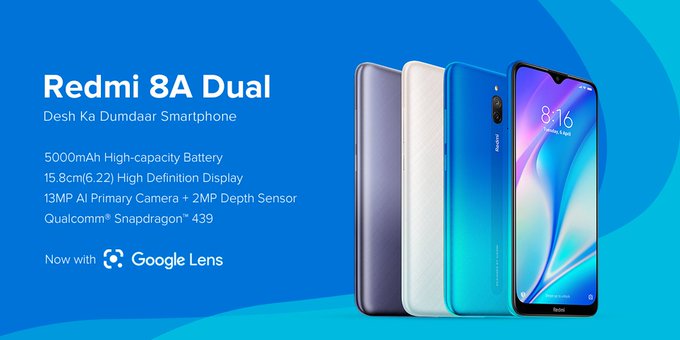

While my personal computers have mostly been Windows and my phones Android, I do use a Mac for work, and I’ve always been envious of the ease with which people in the Apple ecosystem can move files from one device to another using AirDrop. Google introduced a similar feature called Nearby Share in 2020, but it only shared files between Google products. Now, Windows has finally introduced its version of Nearby Share, currently in beta, allowing you to easily move files between Windows and Android systems.
Enable Nearby Share on your Android device
- Before you start installing Nearby Share on your Windows laptop, you may want to make sure you can use it with your phone or other Android device. Nearby Share is a feature in the Files by Google app (which comes already installed on most Android phones).
- Select Settings > Nearby Share.
- The app is still in beta, but it is publicly available, and as far as I could tell, it works pretty well.

Set up Nearby Share on your Windows PC

Once the app is installed, a pop-up window will invite you to either sign in to your Google account or use the app without an account. Out of curiosity, I clicked on Use without an account.
When you first see the setup window, Receiving will be set to No one — in other words, you will be sharing with no one and your device will not be visible to any other devices. Since you’ve installed this in order to share files, you will probably want to change this.

Nearby Share’s setup lets you name your computer and decide who will be receiving your shares.
Click on the box under Receiving to get a drop-down menu called Device visibility. It will give you the choice of sharing files or folders with everyone, with your contacts, with your devices, or with no one. I selected Your devices — and was informed I needed to sign in to my Google account. So I did. If you choose Contacts, you will — logically — also have to sign in.

You can choose how visible your device is to others.
If, on the other hand, you choose Everyone, you will then get two options: to allow everyone to share files with you all the time or to just have that option enabled for a few minutes.
Once you sign in to your Google account (whether it is at this point or earlier in the process), you’ll be asked to check your phone and press the volume down to verify your identity. You can then return to your Windows PC and the Nearby Share app.
If you chose to enable sharing with your contacts or with your devices, you’ll now see a message under Receiving informing you that your contacts can now share with you as long as you approve the requests but that you won’t need to approve sharing with devices signed in with your same Google account.
Once you’re happy with your choices, select Done.

Once you’ve signed in to your Google account, you can share with contacts or with other devices.
Now that it’s been set up, Nearby Share is ready to go. The app will show an animated blue geometric image to show it’s ready to receive and an open space where you can drop (or select) folders or files you want to share with others.

The window for Nearby Share lets you drop files or folders to send them to your Android phone.
How to use Nearby Share
Now you can easily share a file between an Android phone and a Windows PC. To send a file from an Android phone:
- Go to the Files app, select a file, and tap the Share icon.
- The selected file will now be shown with a button titled Nearby below it. Tap on the button.
- A Nearby Share window will pop up with one or more shareable devices (such as your Windows computer) listed beneath it. Tap on the one you want to share to.
- A checkmark will indicate that the file has been shared. You’ll find the file in your PC’s Downloads folder.

Tap the Nearby button to share the file with another device.
A device you can share with will be labeled in the center; tap that, and the file will be shared.
To send a file from your PC to your phone:
In the Nearby Share app, select a file. You may get a notification on your phone that a device nearby is attempting to share.
Still at the PC’s Nearby Share app, tap the button that lists the device you want to send the file to. It should only take a couple of seconds for you to get a notification that the file has been successfully sent.
If you sent it to a phone, you’ll get a notification on the phone that the file has been received. It will be stored in your Downloads folder.

All of this may sound a bit elaborate, but once Nearby Share is installed, you will be able to share files between your Windows PC and your Android phone without having to resort to email, Google Drive, or other roundabout methods.

